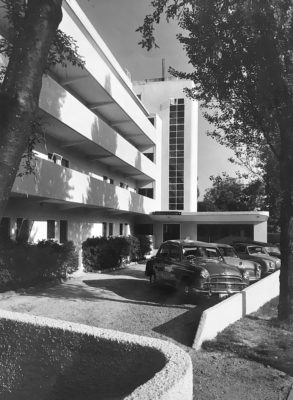Moissey Kogan
1879-1943
Born in Bessarabia into a Jewish family in what was then the Russian Empire, Kogan was exceptionally talented working in several mediums. A sculpture who worked in bronze, stone, concrete and terracotta, a printmaker who worked with etchings, woodcuts and linocuts, an embroiderer and artist. He is also noted for creating a particular cut of gemstones called Negativ-Schnitt which is also called a intaglio cut.
Educated in Munich at the Akademie der Bildenden Künste early in his art education he was introduced into influential circles, meeting both Auguste Rodin and Henry van de Velde whilst still a student.
In 1909 he became a member of NKVM working closely with artists including Wassily Kandinsky. By 1912 he had moved to Germany to teach at Henry van de Velde’s Kunstgewerbeschule in Weimar. His circle now included Walter Gropius, Karl Ernst and Gertrud Osthaus who invited him to create reliefs for the spiral stairwells for the Gropius-Meyer Model Factory complex for the Werkbund Exhibition in Cologne in 1914.
Post WW1 he spent time in Switzerland, Holland and Berlin with home being Paris where his friendship circle included Marc Chagall. This was a prolific time for him taking part in key exhibitions such as the important Exposition des arts décoratifs in Paris in 1925.
According to moisseykogancr.org ‘Kogan had a life-long fascination for dance, non-european (particularily East Asian) art, theosophy and Jewish mysticism, all of which strongly informed his work’
Moissey Kogan became a target of the Nazi Entartete Kunst Aktion – the Degenerate Art campaign targeting artists and designers.
He was arrested in France on the 4th February 1943 and interned in the Drancy Transit Camp until 11th February 1943 when he was transported to Auschwitz from where he disappeared.







